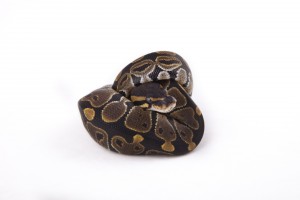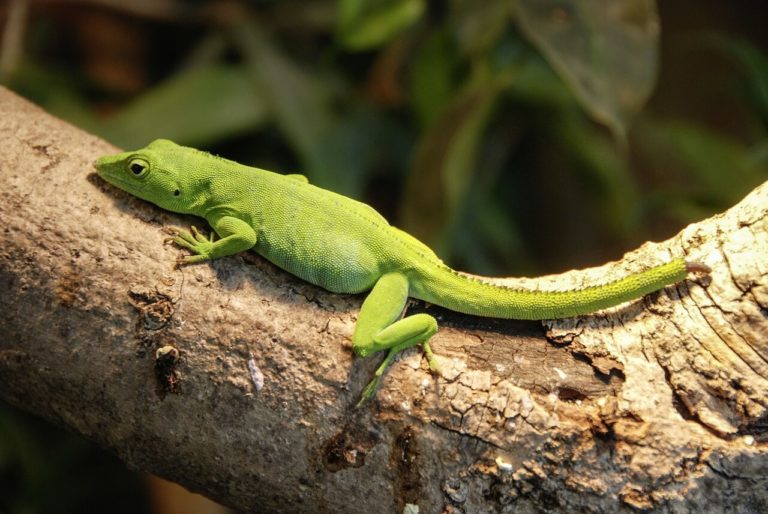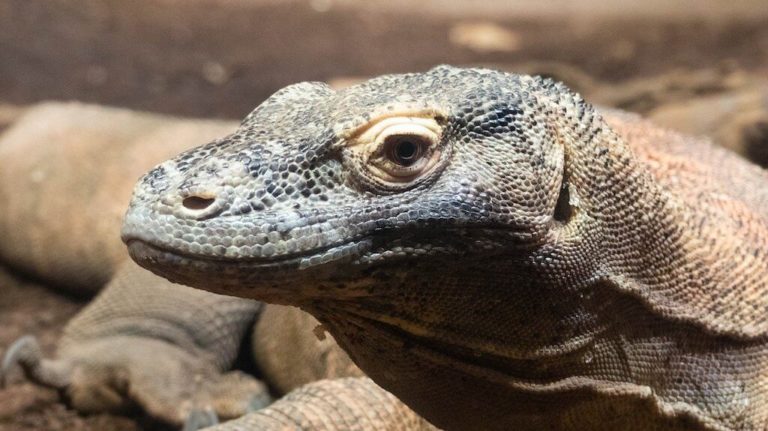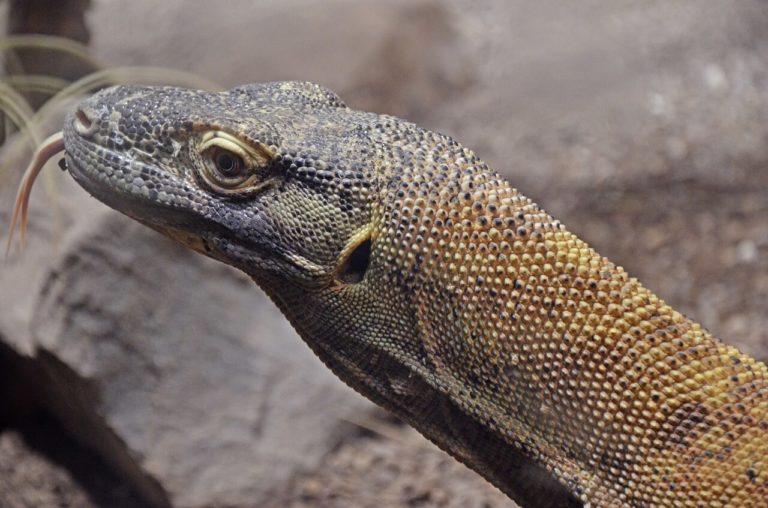






The King Python – Not A Beginner’s Snake
King pythons originally come from West and Central Africa. There they live in rainforests as well as in steppe landscapes and have partly penetrated to the edge of human settlements. Due to their ability to curl up into a ball, they also bear the name “ball python”.
The King Python has become one of the most popular terrarium snakes, but this does not make it a beginner’s snake. Relatively often food refusal or other feeding problems occur. Therefore, you should already have snake experience if you decide for a King Python.
Otherwise the King Python is a non-poisonous and not very aggressive snake. It is protected under the Washington Convention on International Trade in Endangered Species II, which means that you need papers of origin and must register the snake with the authorities.
Diet Of The King Python

As mentioned above, king pythons are relatively complicated eaters. In the wild, they feed on all smaller mammals, such as bats, mice and birds. However, in a pinch, they can go up to two years without food if a suitable food animal doesn’t run in front of their nose. And this makes especially wild-caught animals in terrariums food refusers. So you should already make sure when buying your king python that it is an offspring from Europe.
In the terrarium usually mice or smaller rats are fed. Sometimes dead animals are refused, then you should offer the food animals alive. Please think before buying a snake if you (and the rest of the family) can handle this kind of feeding.
The Terrarium For A King Python
A King Python should have at least a terrarium with the dimensions 1.20 m x 0.60 m x 0.50 m (LBH). Suitable substrate is bark mulch or terrarium soil.
Besides hiding places in the form of stones and roots, a small water basin should be available. This serves for drinking and humidification.
As a lighting system, an HQI spotlight is suitable for daylight, supported by a UV lamp and the occasional use of a heat lamp. Since the king python is nocturnal, you can attach a so-called moonlight for the night, which conjures up a twilight in the terrarium and whereby you can better observe the snake.











2 thoughts on “King Python”